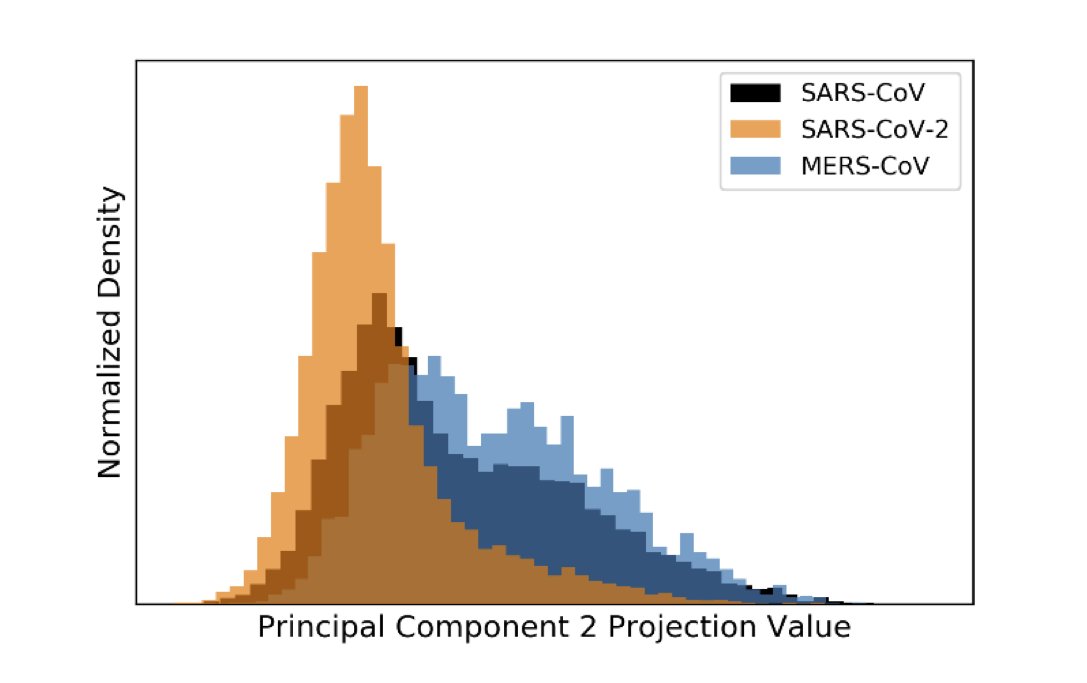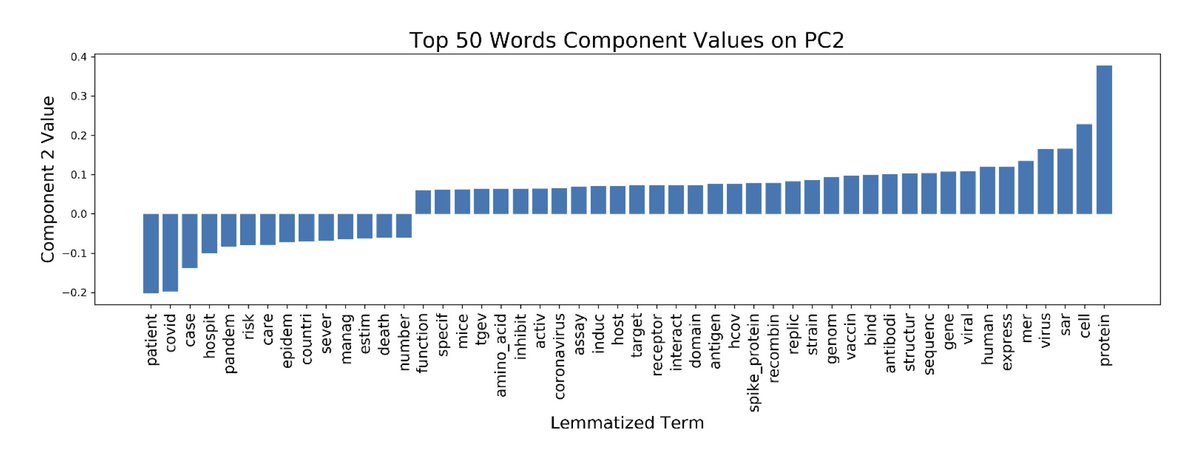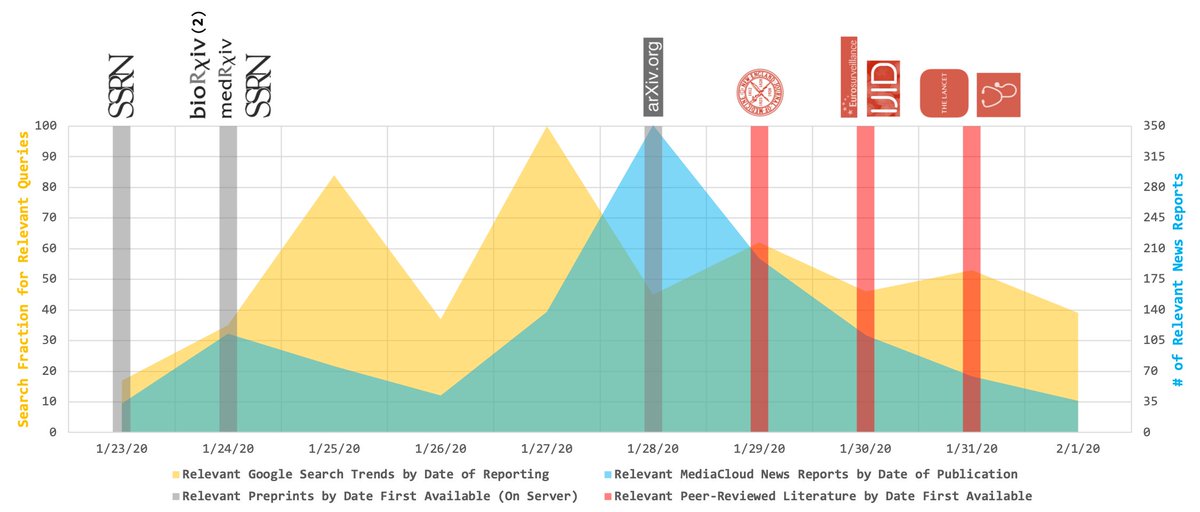Let's discuss what that means. 1/X
First and foremost, the choice to "merge bubbles" will (by design) increase risk of #coronavirus transmission – but doing so may be essential for emotional well-being in the months ahead. Thus, our goal is to decrease this risk as much as we can. 4/X
So, where does this leave us? 9/X
In order to "merge bubbles" with another household, we need to communicate openly not only about our occupation- and demographic-related risks, but about our risk behaviors too – and what we share needs to be the whole truth. 10/X
When discussing #COVID19-related "risk behaviors", I don't just mean face-coverings, hand washing, and grocery shopping. I mean out-of-bubble social visits (etc.) as well. 1/2





